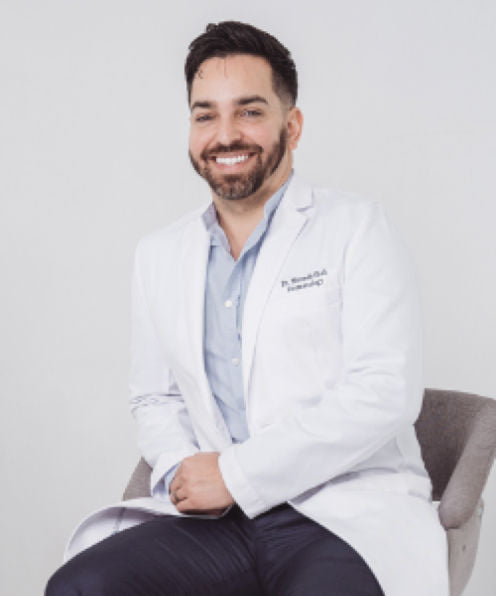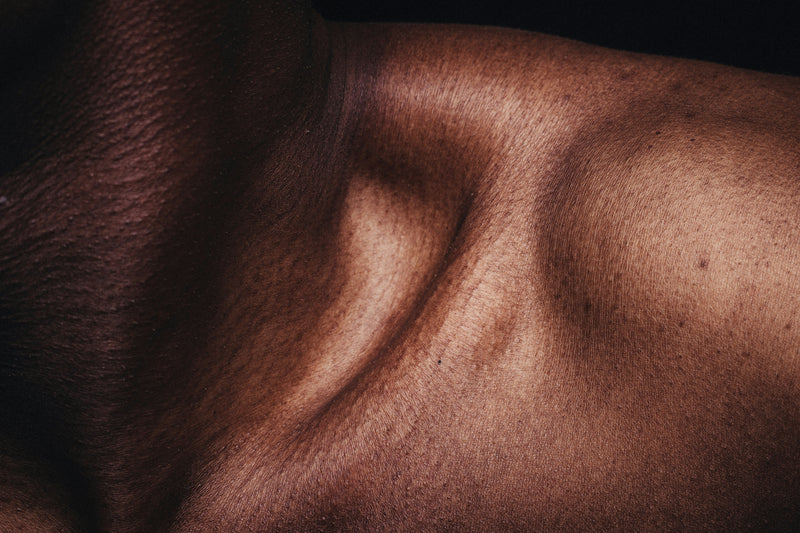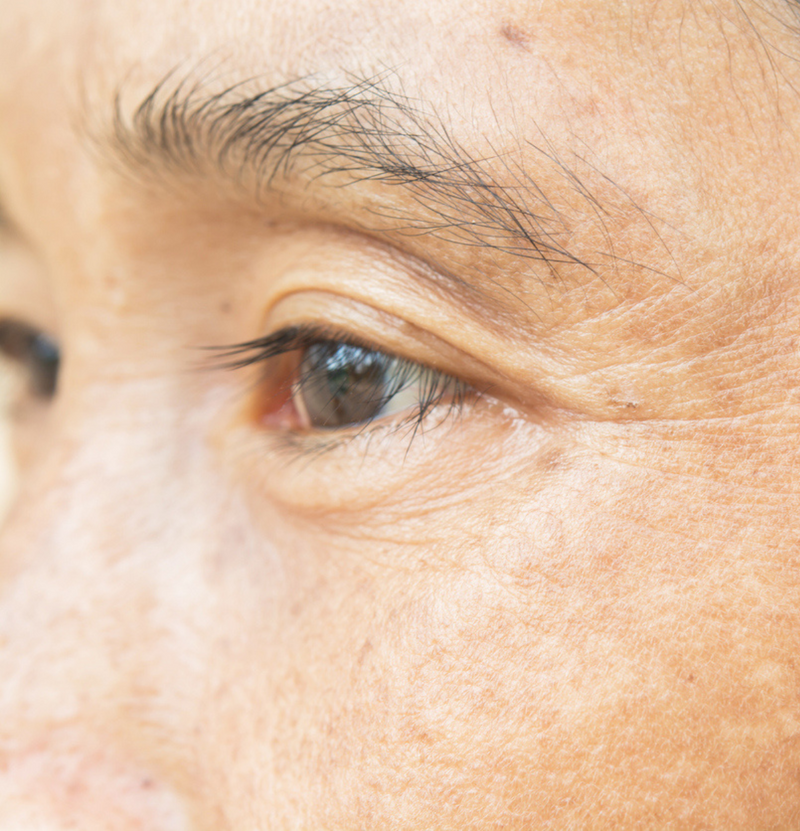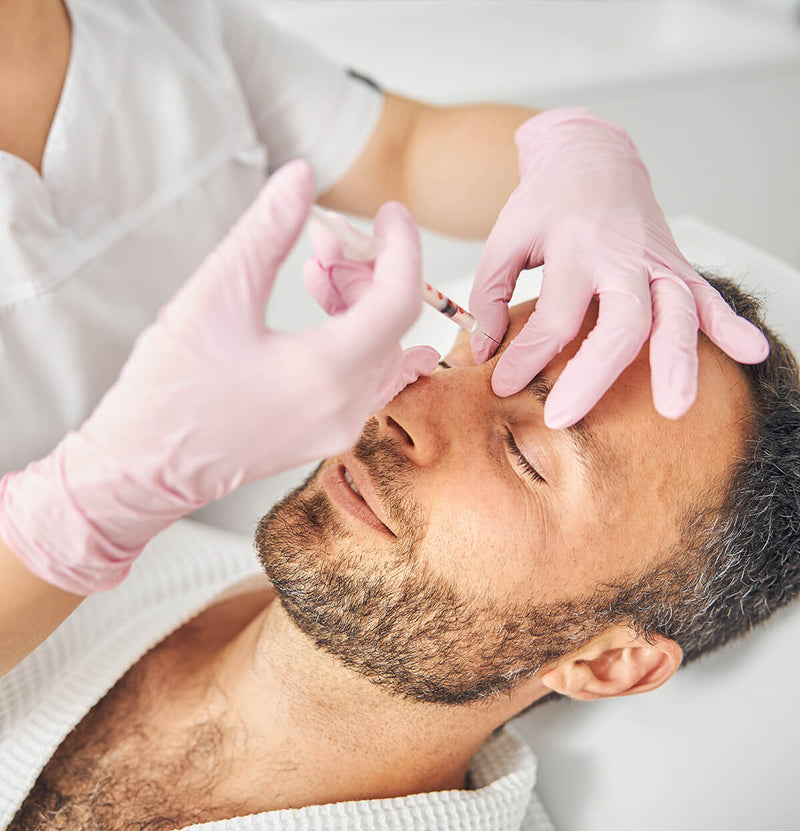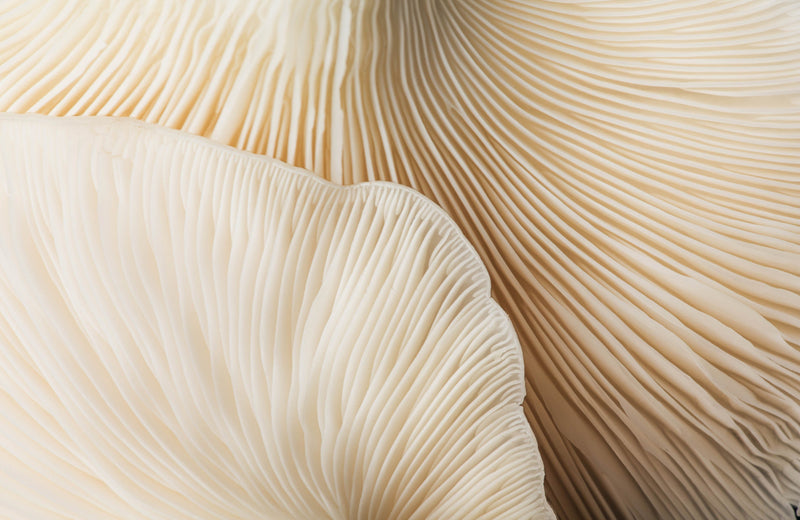Azelaic Acid
Azelaic acid is a naturally occurring dicarboxylic acid derived from grains such as barley, rye, and wheat. It also exists as a byproduct of Malassezia yeast, part of the skin’s microbiome and the cause of tinea versicolor. Azelaic acid is FDA-approved for the treatment of both acne and rosacea and has gained increasing popularity for use in hyperpigmentation and post-inflammatory erythema (PIE). There are now modified versions of azelaic acid on the market, such as Potassium Azeloyl Diglycinate, but they have less data to support their efficacy.
Mechanism of Action
Azelaic acid exerts its therapeutic effects via several mechanisms:
-
Antimicrobial: Exhibits bacteriostatic and bactericidal effects, particularly against Cutibacterium acnes (formerly P. acnes)
-
Keratolytic: Provides mild exfoliation by normalizing keratinization in the follicular unit.
-
Anti-inflammatory: Reduces inflammatory mediators implicated in acne and rosacea.
-
Tyrosinase inhibition: Competitively inhibits tyrosinase, the rate-limiting enzyme in melanin synthesis, thereby reducing hyperpigmentation and melasma.
-
Free radical scavenger: Reduces oxidative stress on the skin.
Clinical Indications
Azelaic acid is used in the treatment of:
-
Acne vulgaris (FDA-approved)
-
Rosacea (FDA-approved)
-
Post-inflammatory hyperpigmentation (PIH)
-
Melasma
-
Post-inflammatory erythema (PIE)
It is suitable for all Fitzpatrick skin types and is particularly valuable in patients with darker skin tones due to its pigment-modulating properties and low risk of causing paradoxical hyperpigmentation.
Formulations and Concentrations
-
10% Azelaic Acid – Widely available over-the-counter (OTC); suitable for beginners or sensitive skin types.
-
15% Azelaic Acid – Originally prescription-only but now also available OTC in select formulations (e.g., Theramid Azid).
-
20% Azelaic Acid – Prescription strength, typically used for more recalcitrant acne and rosacea.
Notable Formulations:
-
The Ordinary Azelaic Acid Suspension 10%: Affordable but gritty texture.
-
Paula’s Choice 10% Azelaic Acid Booster: Contains salicylic acid—effective but not pregnancy-safe.
-
Naturium Azelaic Topical Acid 10%: Elegant texture, well-rounded formulation with soothing actives.
-
Anua Azelaic Acid Serum: Korean formula noted for hydrating serum-like consistency.
-
Allies of Skin Azelaic Acid + Kojic Acid Serum: Premium, aesthetically sophisticated product for hyperpigmentation.
-
Theramid Acid Azelaic Acid 15%: High-strength OTC option with prescription-like efficacy.
Pregnancy Safety
Azelaic acid is categorized as Pregnancy Category B, meaning animal studies have not demonstrated fetal risk, and there are no adequate and well-controlled studies in pregnant women. It is one of the few acne and pigmentation treatments considered safe during pregnancy and breastfeeding.
Usage and Layering
Azelaic acid is well tolerated by most individuals and can be incorporated both morning and evening. A typical routine might include:
-
Morning: Cleanser → Azelaic acid → Moisturizer → Sunscreen
-
Evening: Cleanser → Azelaic acid → Moisturizer
It pairs well with other actives such as retinoids, niacinamide, vitamin C, and hydroquinone.
Limitations and Considerations
-
May cause transient stinging, especially in sensitive skin or when used with other actives.
-
Prescription formulas may feel gritty and less cosmetically elegant.
-
Results are gradual; benefits in pigmentation and rosacea may take 6–12 weeks to become evident.
Efficacy by Concern
| Skin Concern | Effectiveness |
|---|---|
| Acne | Underrated |
| Rosacea | Underrated |
| Hyperpigmentation/PIH | Underrated |
| Post-inflammatory Erythema | Underrated |
| Exfoliation | Overrated |
| Anti-aging | Overrated |
| Acne Scarring (textural) | Overrated |
Conclusion
Azelaic acid is a highly versatile, well-tolerated skincare ingredient with both cosmetic and therapeutic benefits. It is underutilized despite its excellent efficacy across several dermatologic conditions, particularly acne, rosacea, and pigmentary disorders. Its unique safety profile, including use during pregnancy, makes it an indispensable component of modern skincare routines.
